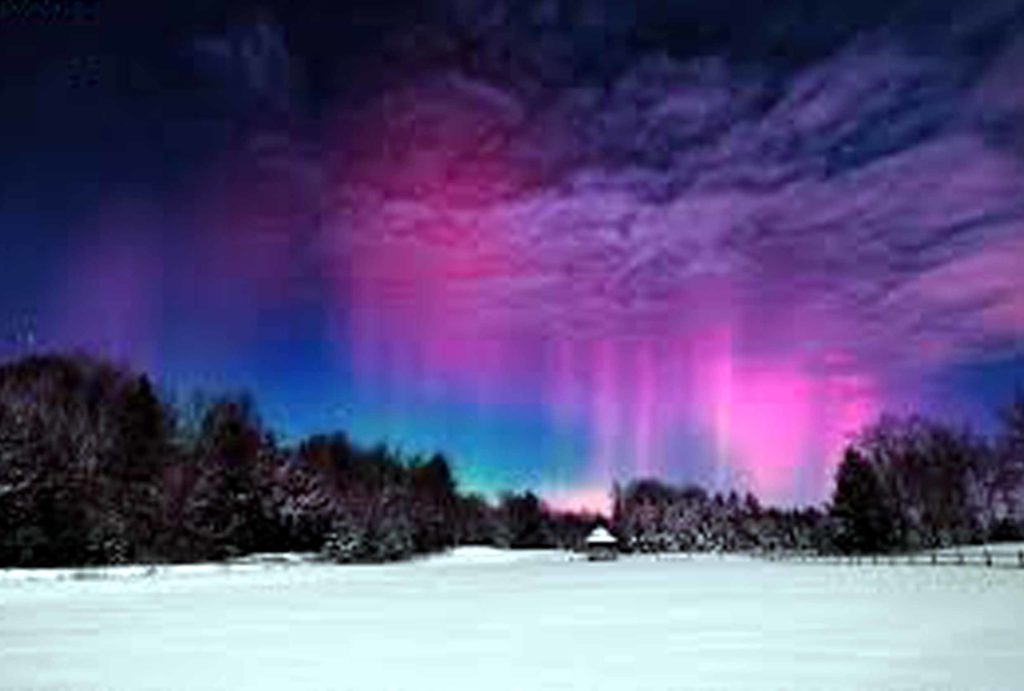Here are some interesting facts about our Earth
- Planet Earth was formed around 4.55 billion years ago.
- Life on Earth probably originated 4.25 billion years ago from precursor chemicals.
- The Great Lakes-between Canada and United States-are Earth’s largest system of fresh water lakes.
- The Amazon is the world’s largest river. It carries more water than next seven largest rivers combined.
- Iguacu Falls is one of the world’s greatest waterfall systems in South America-three times wider than the Nigra Falls (between US and Canada).
- The Amazon Rain forest- is Earth’s largest tropical rain forest, home to 390 billion trees and 2.5 million insect species.
- The Alps are the highest mountain range in Europe. In 1991, a 5,000-year –old mummy was found in the Otztal Alps.
- Vesuvius- Europe’s most dangerous volcano erupted in 79CE and buried the town of Pompeii.
- The Nile is the longest river on Earth, 6650km.
- The local name for the Victoria Fall is Mosi-oa-Tumya, translated to “the smoke that thunders”.
- The largest numbers of grazing animals in African continent are found in Serengeti.
- Violent volcanic eruption in India 66.5 million years ago probably contributed to the extinction of the dinosaurs.
- Following the separation from the Africa, India moved north, 20cm a year and rammed into the southern edge of Asia, creating the Himalayas (50million years ago).
- There is 66% less oxygen at Everest’s summit than at sea level.
- In China Everest is called Chomolungma meaning ‘Holy Mother”.
- Lake Baikal is Earth’s deepest fresh water lake. The water is so clean that it is possible to see objects 40m (130ft) below the surface.
- Only 5% of Gobi desert (out of 500,000sqm) is sand.
- The Great Barrier Reef (Australia) is the world’s most extensive coral reef system ever built by living organisms.
- The Antarctic Ice Sheet is the world’s largest glacier, holding over 60% of Earth’s freshwater.
- The intensity and scale of cyclones makes them the most destructive phenomenon in Earth’s atmosphere. A large tropical cyclone releases as much energy as half of Earth’s electrical generating capacity.
- Thunderstorms are rain showers that produce powerful electrical discharges called lightening.
- Aurora is spectacular display of colorful shimmering lights in the night sky. The aurora borealis (northern lights) and aurora Australia, or the southern light.
Source:
Natural Wonders of the World, DK/Smithsonian:Penguin Random House, New York, 2017

